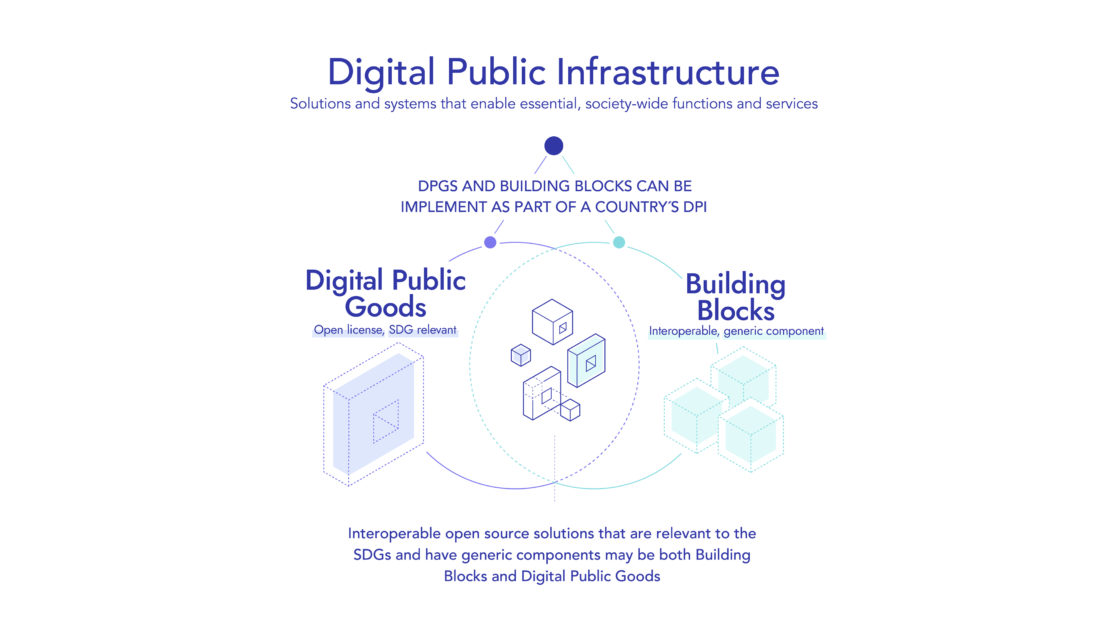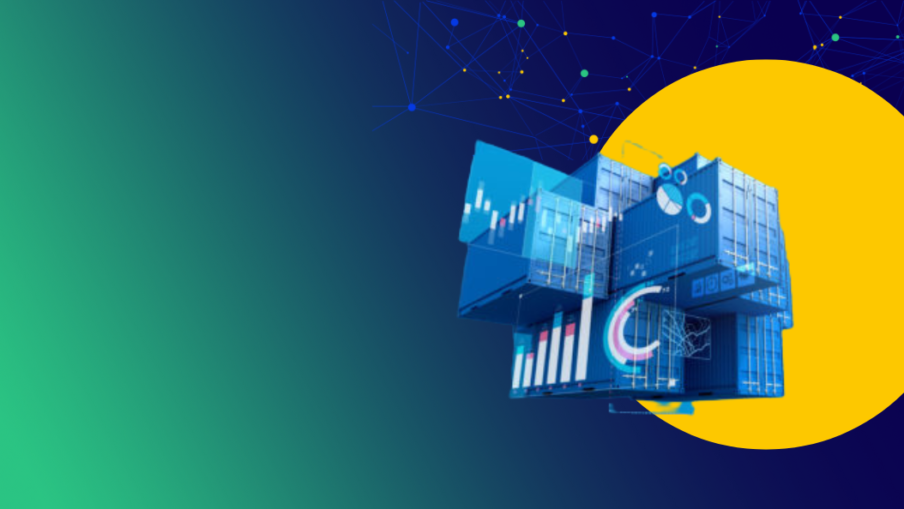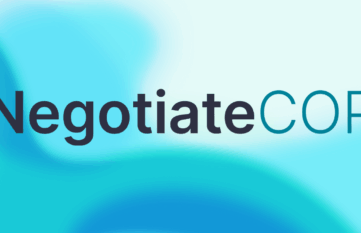The multi-stakeholder initiative GovStack creates a global toolbox for the digitisation of government services. Through GovStack, governments will be able to digitalise public services cost-effectively and quickly with the help of interoperable and reusable building blocks.
The GovStack Initiative works on several levels:
Explanations of terms around the GovStack initiative

Digital Public Infrastructure (DPI) systems enable the provision of essential society-wide functions and services. Digital public infrastructure includes, among other things, digital forms of identification and verification as well as digital transactions and money transfers.
Building Blocks provide a stand-alone, reusable service or set of services. They can be used flexibly for different use cases and sectors. Additionally building blocks can be combined and adapted to form a country’s digital public infrastructure (DPI) as a component of a larger system or stack of technologies. It should be notes that building blocks can be open source or proprietary and are therefore not always digital public goods (DPGs).
Digital public goods (DPGs) are open source software, open data, open AI models, open standards and open content that comply with data protection and other applicable laws and best practices, are inherently non-harmful and contribute to the achievement of the Sustainable Development Goals (SDGs). DPGs can be implemented as part of a country’s digital public infrastructure. When DPGs provide a generic service at scale, they can be considered as building blocks. DPGs can contribute to the achievement of the SDGs, but in doing so they cannot be used for public service delivery or in different use cases. Therefore, DPGs are not always ICT building blocks and may not be implementable as digital public infrastructure.
Project examples of the GovStack initiative
Ensuring that a sound national regulatory basis is in place and that an understanding exists about e-waste management among all stakeholders in Rwanda, is a crucial step towards shifting to a circular economy for electronics. Extended producer responsibility (EPR) is becoming a common environmental policy principle. EPR is a concept where manufacturers and importers of products bear a significant degree of responsibility for the environmental impacts of their products which they sell in Rwanda.
The International Telecommunication Union (ITU), the United Nations Environment Programme (UNEP) and the GovStack initiative (with the GIZ) have been providing technical assistance to the Government of Rwanda with the design and implementation of the extended producer responsibility (EPR) system for electrical or electronic equipment (EEE).
Current status in Rwanda
Through the project (started in October 2021) on implementing the EPR concept in policies and regulations for the sound management of e-waste, several successes have already been achieved. A technical proposal report outlines an approach and implementation steps for a legally transparent, digitally supported and appropriately financed EPR system for the management of e-waste in Rwanda. It lays the foundation for the implementation phase of the EPR system. The Proposal also outlines what is needed for greater compliance in this area. The implementation phase, for which the government and partners are seeking financial support, will ensure the government has the tools to properly enforce the EPR system.
Djibouti: Decision made on the first two government services to be digitised
As part of the European D4D (Digital for Development) activities, the Initiative for Digital Government and Cybersecurity (IDGC), co-financed by the European Union and the German Federal Ministry for Economic Cooperation and Development (BMZ), supports the action area “digital government strategy and services” for selected countries in the Horn of Africa. While the German GIZ and the Spanish FIIAPP are leading the effort on digital government, Expertise France is focusing on cybersecurity. The Component 1 on digital government will be implemented in Kenya, Somalia and Djibouti.
The digital government services will be implemented in line with the GovStack building block approach. Whereby the first step in the approach is to identify and prioritise government services in each of the three countries. The second step is to identify use cases, that have potential for regional harmonisation in Kenya, Somalia and Djibouti. A first workshop with representatives and partners from all three countries took place in November 2022 in Kenya.
Current Status in Djibouti
The preparation phase with various events is currently taking place in Djibouti. Over the last few weeks, ten priority public services have been identified in virtual sessions to be digitised in Djibouti. A first technical workshop was held on the 23rd and 24th of October 2022 aiming on prioritising and ranking these public services for digitisation. The workshop targeted the ten services pre-selected by the Ministry of Digital Economy and Innovation.
The two government services that were selected to be digitised first in Djibouti are “Construction Permits” and “eCabinet”.
Construction permits: Even though the number of applications for construction permits is not very high, improving the service delivery will contribute to facilitating the business climate, while making it easier for the citizens to comply with the rules regulating construction permits. The introduction of the digital service is expected to be rather smooth, because the ministry has the process flow already documented and has used an online platform previously.
eCabinet: Currently, all communication between government agencies e.g. draft regulations, appointment decisions, RFPs, and the like is done manually via courier. The eCabinet service is expected to:
- Greatly improve communication between government agencies
- Reduce in government expenditure on the long term
- Increase efficiency and better service to the citizen
- Facilitate adoption of further eGovernment initiatives
- Scale-up to other priority services: electronic mail management, public service archives & National Assembly archives
The next steps will be the development of a concrete roadmap and user journeys for each service. The user journeys will serve as a reference to design the prototypes of the platforms.





